SelectPass Pilot: Making it Easier to Plan, Pay, and Ride
Customers showed high levels of interest in a customizable monthly pass.
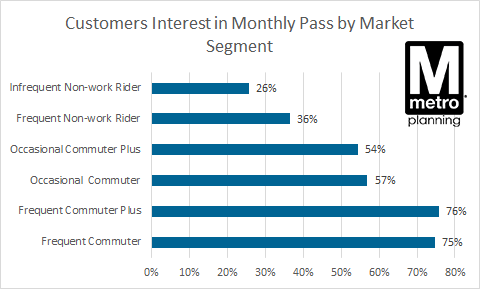
Metro customer interest in a new unlimited monthly pass concept, by market segment.*
Metro is not raising fares this year, and instead is innovating ways to make it easier and more affordable to use the system. Metro is taking a page from private industry, which has moved away from charging customers for each purchase and towards giving customers the option to “subscribe” to a company in exchange for unlimited access. A Netflix subscription has replaced a membership at the local video store. Amazon Prime offers unlimited shipping rather than shipping on each item. Spotify subscriptions have replaced purchasing individual CDs. Why not a subscription to use Metro?
Fortunately, we found a way to provide this to our customers and we’re really excited to begin testing it out starting this month. The idea is to allow customers the ability to customize an unlimited access pass based on their usual travel patterns. Modeled after Seattle’s Puget Pass and frequently discussed on Greater Greater Washington over the past few years, this pass would allow customers to subscribe to a monthly pass, priced based on their typical trip costs, that offers unlimited travel on rail and the option to add on the same flexibility on bus. We are calling it the Metro SelectPass.
Here’s the basic concept. Customers tell Metro their usual start points and end points. We then figure out how much that trip costs and offer you unlimited travel on rail up to that value in exchange for you buying 18 days worth of trips. For example, if a customer’s “usual” peak trip is $2.25, they can get a pass priced at $81.00 (about $2.25 x 18 x 2) and then all trips valued at $2.25 or less would be free for an entire calendar month. Extra trips for lunch, a night on the town, doctor’s appointment – it’s all included in one low price. If you travel on a more expensive trip for any reason, you only pay the difference for that trip. Most customers may enjoy savings of over 20% off of the pay-as-you-go rate, and they’ll also get the benefit of knowing they can travel as much as they want, whenever they want, all for one price.
For an additional $45 per month, customers can choose to add unlimited bus travel on top of unlimited rail travel. That’s a huge savings compared to pay-as-you-go! Read more…

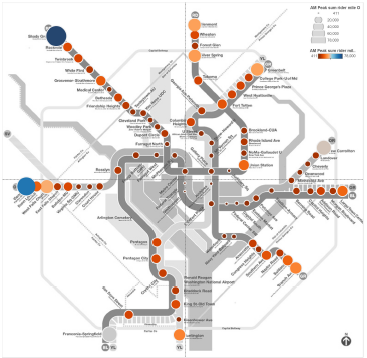

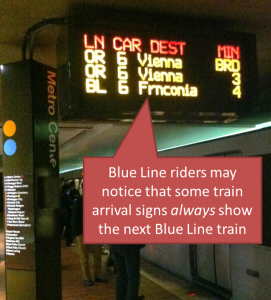

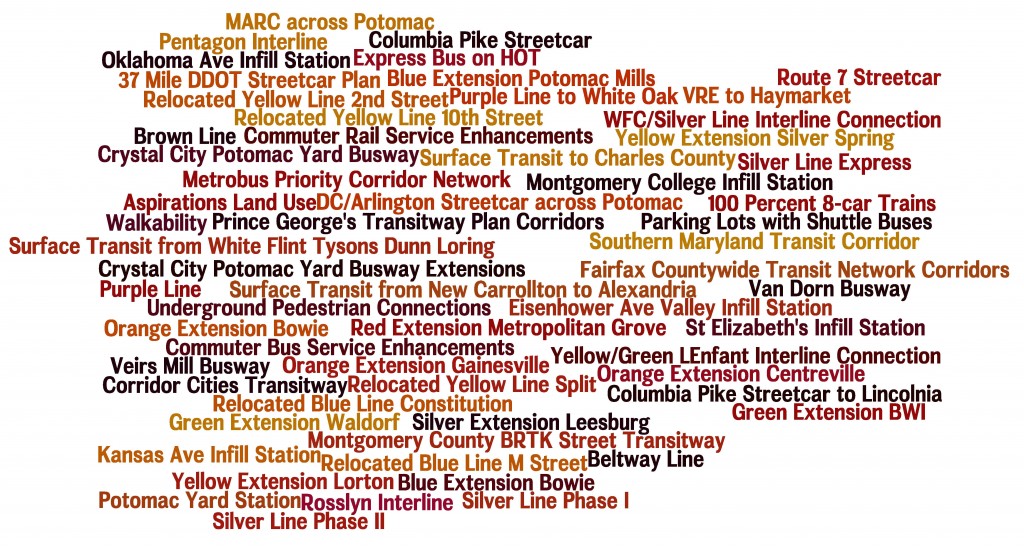
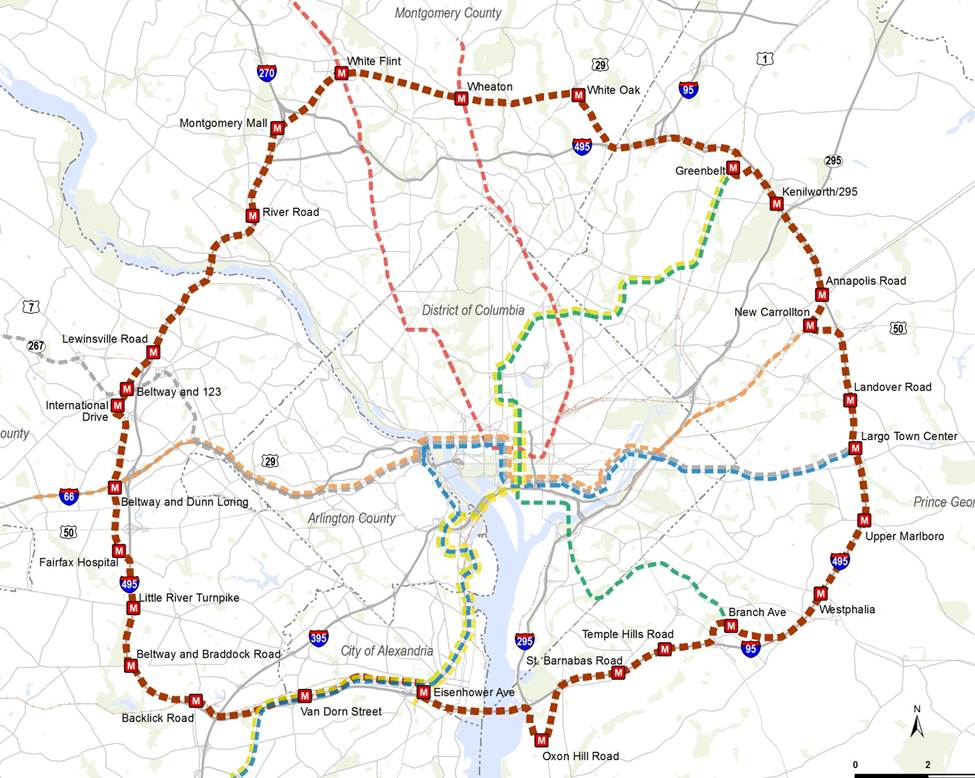
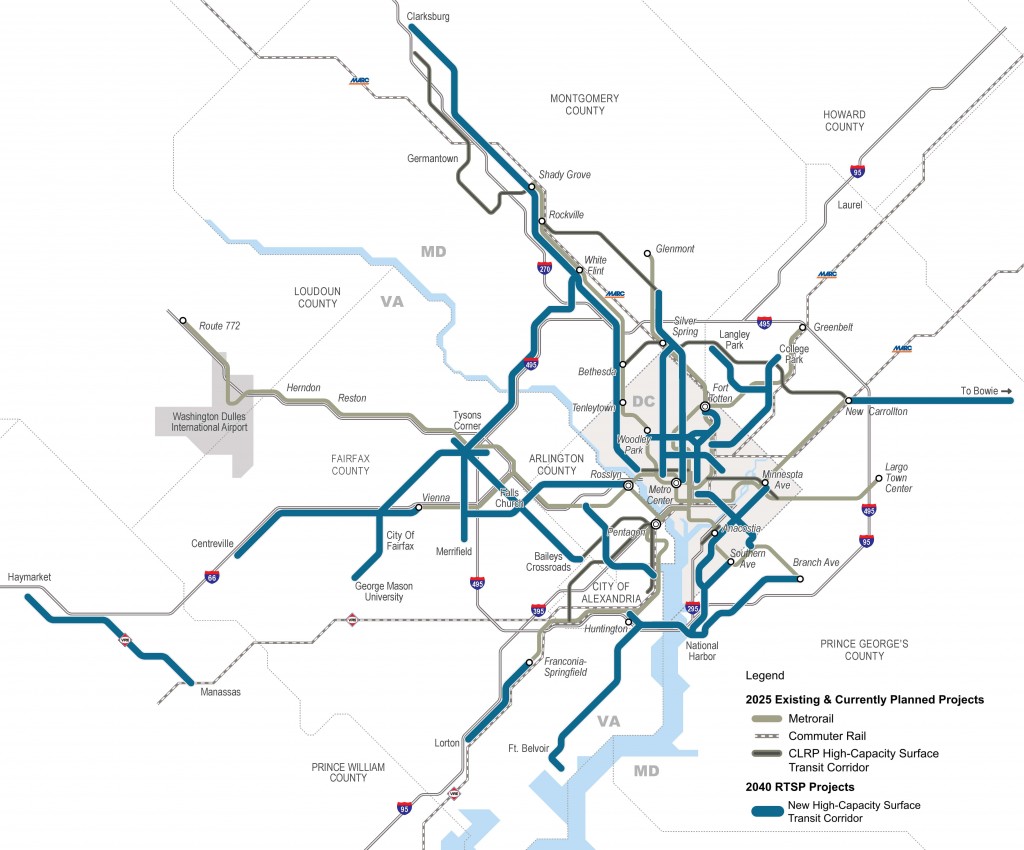

Recent Comments